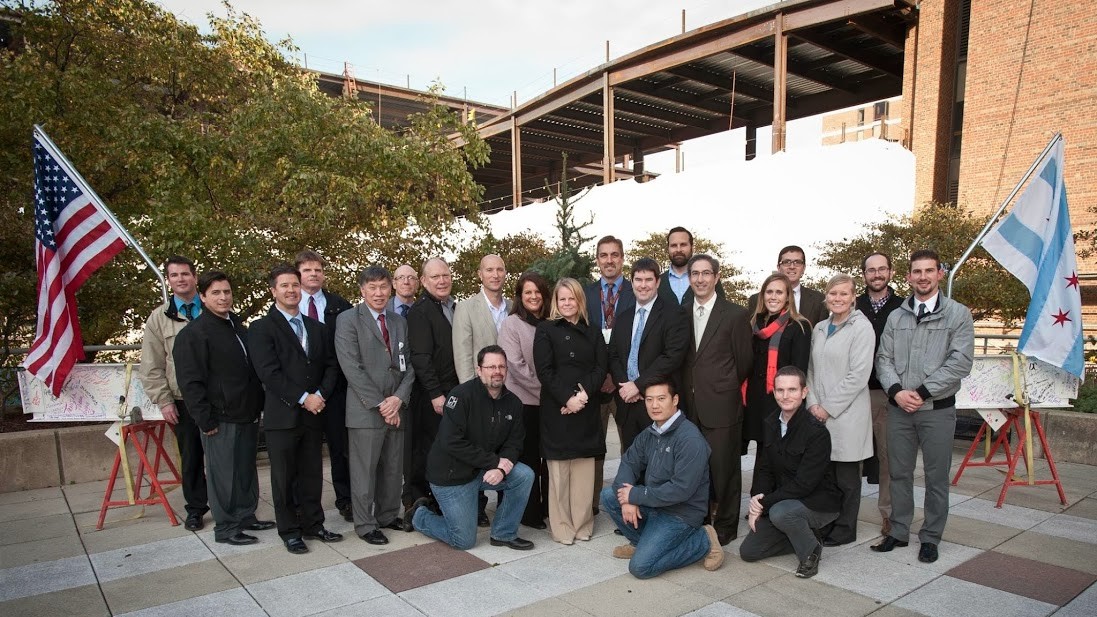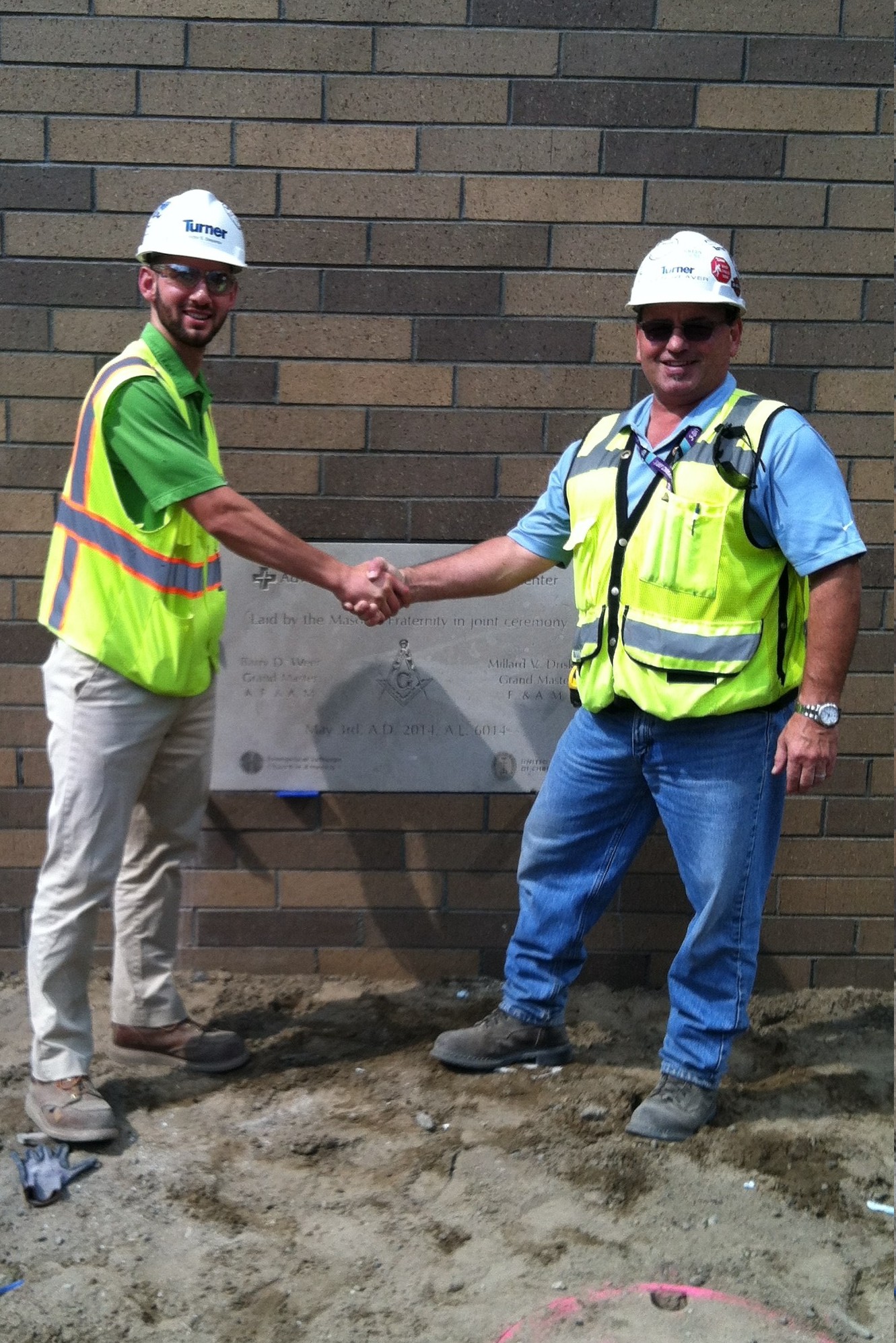Advocate Illinois Masonic Medical Center - Center for Advanced Care
Integrated Project Delivery on Medical Campus
The Center for Advanced Care was the First Phase of the strategic facility master plan for the Advocate Aurora Health, Illinois Masonic Medical Center Campus. The project included a new Digestive Health Program and Ambulatory Surgery Center, an expansion of the existing Cancer Program and pharmacy area that accommodates both chemo and IV prep. Early in the project, the Integrated Project Delivery team identified that locating the facility immediately adjacent to the existing hospital offered the opportunity to create a highly integrated facility that is both flexible in how it addresses current needs and adaptable as it facilitates future growth. This integrated facility provides a sustainable foundation for Advocate to build on its Integrated Model of Care.

Second Phase - Advocate Aurora Health, Bed Tower - currently undergoing construction
🏥 Overview
Before my transition into robotics and software engineering, I spent several years in the construction industry managing large-scale, high-stakes commercial projects. One of the most formative experiences from that time was working on the Center for Advanced Care at Advocate Illinois Masonic Medical Center—a $75M, 166,000 sq ft ground-up hospital facility in the Lakeview neighborhood of Chicago.
The project required meticulous planning, field execution, and coordination across dozens of trades—all while operating next to an active emergency department and urban transit systems. I served as a Field Engineer and assisted the Superintendent, overseeing everything from caisson foundations to surgical suite readiness.
🎯 Objectives
The challenge was to safely and efficiently deliver a state-of-the-art medical facility while:
- Coordinating across high-stakes trades: structural, envelope, interior build-out, and complex MEP systems,
- Operating within an active healthcare campus,
- Maintaining schedule and quality under the Integrated Project Delivery (IPD) model, and
- Ensuring readiness for patient occupancy and future vertical expansion.
My role focused on translating design into field action, resolving constructibility issues, and managing trade coordination across the full construction timeline.
⚙️ What I Contributed
- Field Operations & Problem Solving:
- Supported all daily field activity across excavation, foundation, structure, envelope, and interior build-out.
- Diagnosed and resolved real-time constructability issues in collaboration with design teams and trade leads.
- Acted as the bridge between field crews and the larger project team.
- Schedule & Coordination:
- Developed the full construction schedule, phased by trade, inspection, and material delivery.
- Tracked progress daily, made sequencing adjustments to mitigate weather and logistical delays.
- Ensured all scopes were completed in alignment with hospital-grade specs and QA/QC protocols.
- Trade Scope Management:
- Oversaw a broad spectrum of scopes, including:
- Deep foundations (caissons, footings)
- Structural steel with provisions for vertical expansion
- Curtain wall and waterproofing systems
- Surgical suite build-out with MEP integration
- Elevators, medical gas systems, and power redundancy
- Oversaw a broad spectrum of scopes, including:
- Safety & Closeout:
- Conducted field safety walks and enforced OSHA protocols throughout the site.
- Personally managed the final punch list, driving resolution across trades and coordinating owner walkthroughs.
- Delivered a clean, operational turnover to Advocate Health, ready for occupancy and further expansion.
✅ Outcome
We delivered a fully functioning, high-spec hospital facility on time and within budget—despite the complexity of the site, the high safety standards, and the demands of healthcare infrastructure.
The work I did on this project sharpened my ability to think in terms of system-level integration under real-world constraints: sequencing, scheduling, trade dependencies, and stakeholder communication. These are the same principles I apply today when building complex robotics systems—where coordination, failure recovery, and high-reliability delivery are just as critical.
